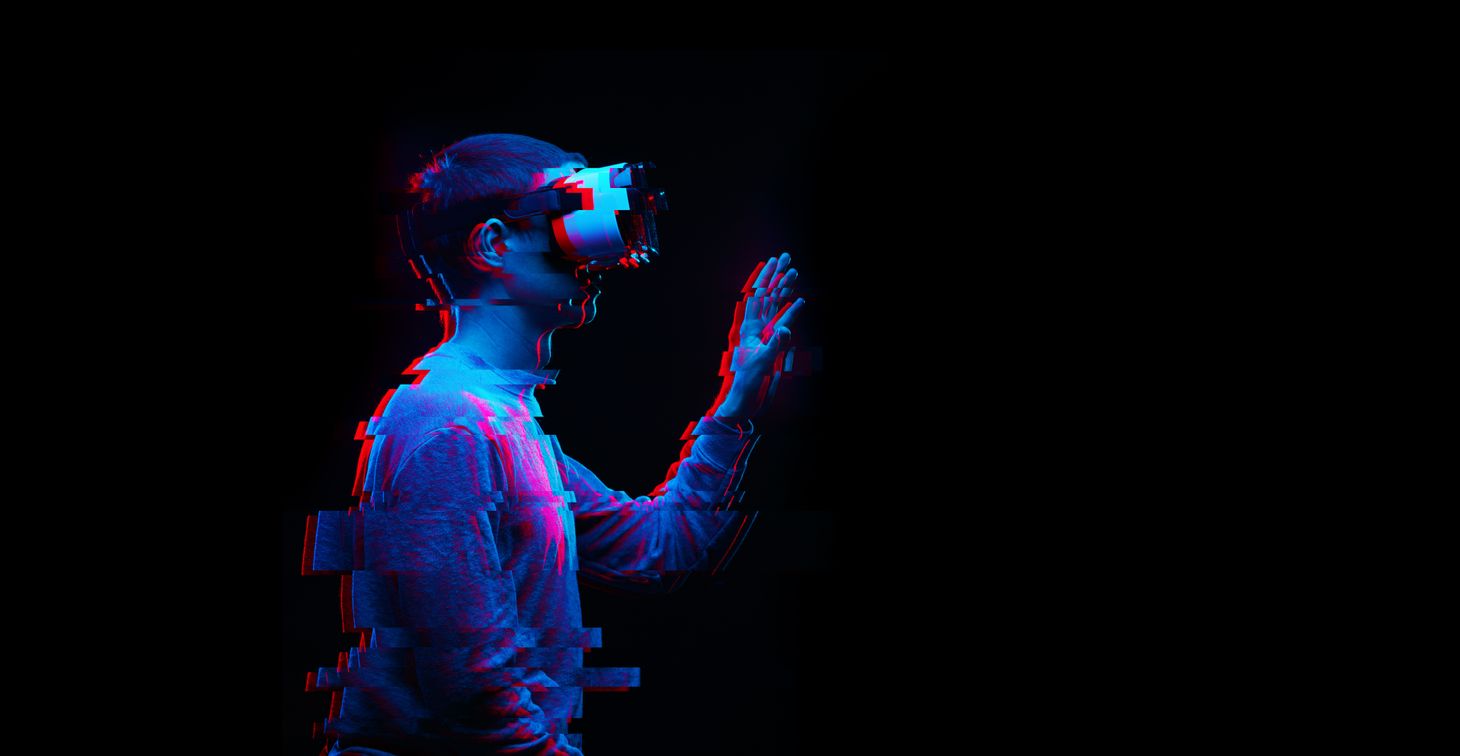Dark Innovation: Why Stealth is the Way to Go
Innovation is the lifeblood of any organization—but it comes with risk. That’s why dark innovation has emerged as a powerful technique to explore high-risk ideas without interference. But what exactly is dark innovation?

Innovation is the lifeblood of any organization—be it a startup or a seasoned corporation. But with innovation comes risk, and with risk comes resistance. Innovation antibodies can be that internal or external roadblocks that see their role to protect the organization from risk. What they end up doing is meddling and stifling progress.
To counter these threats, a novel approach has emerged: dark innovation. By "going dark" — keeping a project or initiative under wraps (in stealth mode) — a team can progress without the risk of interference.
Personal Example of a Dark Innovation Project
Over my career, I've created several dark innovation projects leading to commercial products and services. Eventually, my partner in crime at HP, Henry Sang, and I created a secret "dark lab" that was off the books. I provided the executive air cover and the dark funding while Henry put it together and mentored the projects. It was so secret HP facilities, and the real-estate team didn't know we were operating a large warehouse lab, not to mention the HP executive team was completely unaware of the program.
Wired Magazine described it as ...
HIDDEN SOMEWHERE IN the 178 square miles that make up the City of San Jose, California, there's a nondescript warehouse with black plastic taped over most of the windows. If you manage to sneak a peek inside the front door, you won't see much — a few odds and ends, props for a school play. But if you step inside on the right day, you might see an IndyCar driver. Or the Vice Premier of Taiwan. Or the cinematographer who's developing 3D movie technology with director James Cameron.
This secret lab was an ultra-secret facility where innovators from around HP could collaborate on cutting-edge projects without worrying about prying eyes or interference from management. We created prototypes, explored new ideas, and even launched a few products with no one knowing about them until we were ready to go public.
You can read the details in the Wired magazine article.1

Benefits of Dark Innovation
What are the benefits of dark innovation, and why should it be considered in every organization’s toolkit of innovation?
Dark Innovation Safeguards Ideas
Innovation is difficult enough when everyone is working towards a common goal. But things get complicated when innovation antibodies or competitors come into the picture. Dark innovation enables teams to safeguard their work from prying eyes and keep it confidential until it reaches maturity. This approach can help minimize the risk of ideas being stolen, diluted, or blocked entirely.
Dark Funding Keeps Innovation Hidden
When trying to fund a high-risk project, dark funding can provide the necessary resources while keeping the project under wraps. This can be executed through various means, including having multiple teams or organizations contribute a portion of the funds. By keeping these amounts small, they stay out of the limelight.
Stealth Allows for Iteration
Innovation is an iterative process that often requires multiple iterations to reach a successful outcome. With dark innovation, teams can experiment and iterate without fear of the project being derailed or influenced by feedback from outsiders. This allows for a more focused and streamlined approach.
Dark Innovation Encourages Bolder Ideas
Innovation antibodies often come from people or institutions lacking the mental or emotional fortitude to deal with innovation risk. This can mean that teams are hesitant to take on bold new ideas for fear of backlash. Dark innovation enables teams to explore high-risk ideas without interference, leading to bolder, more innovative solutions.
Dark Innovation Enhances Competitive Advantage
By working in secret, teams can create a competitive advantage by keeping their innovation hidden from competitors. Innovation is a critical differentiator in many industries, and by staying hidden, a team can gain a significant competitive advantage.
Warning
If you are the one sponsoring and overseeing the dark innovation work, you need to be prepared to take responsibility for any fallout. Some leaders and organizations dislike being kept in the dark. The impact could be in terms of reputational damage, a loss of trust, or other issues. It's also essential to respect ethical boundaries when working on dark projects. You do not have permission to take shortcuts just because you are off the radar screen.
Conclusion
Dark innovation is a powerful technique that any organization can utilize. By keeping projects under wraps, teams can safeguard their ideas, secure funding, iterate more freely, and explore bolder, high-risk ideas. As innovation becomes increasingly essential for businesses to stay ahead, dark innovation must become an integral part of organizational agendas. Embracing the approach now and adding it to the innovation tool kit will ensure that organizations are ready to take full advantage of it when the time comes.




